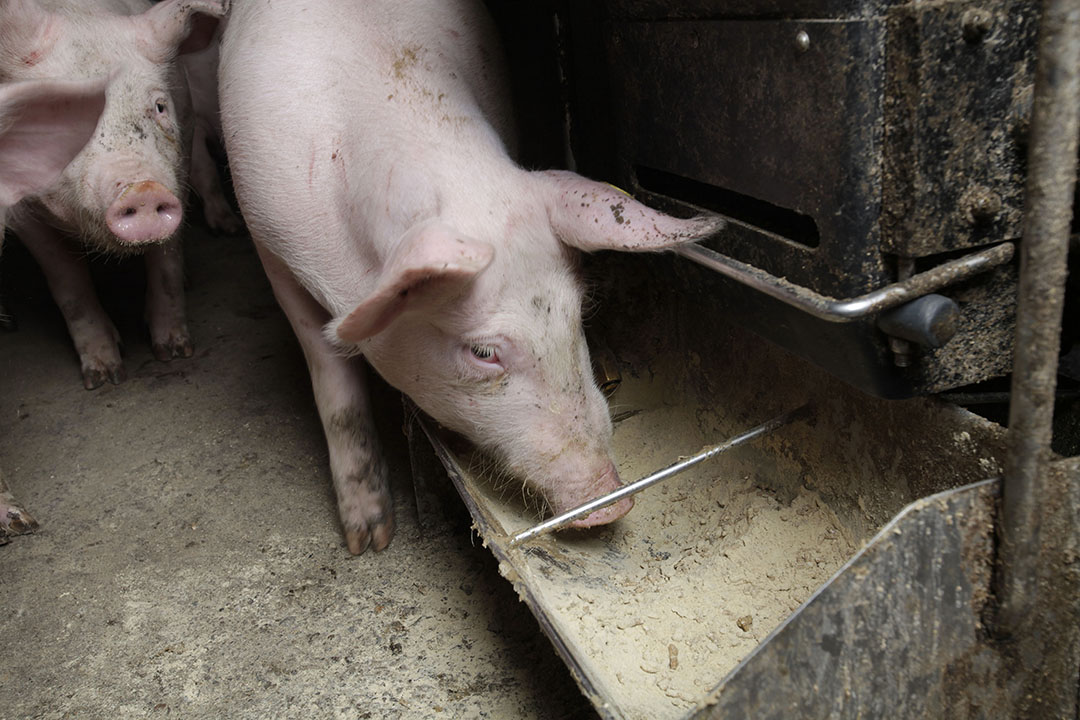Optimum calcium:phosphorus ratio established for pigs

The amount of calcium in pig diets must be calculated with precision as too much of this mineral can decrease phosphorus digestibility and feed intake, thereby leading to lower weight gain in pigs.
Professor Hans H. Stein from the University of Illinois’ Department of Animal Sciences and the Division of Nutritional Sciences, together with his graduate students, have established the optimum ratio of calcium and phosphorus for most pig weight classes, as published in an article in the Journal of Animal Science and Biotechnology.
“We determined that if phosphorus is provided at the required level of 0.33%, the optimal ratio of calcium to phosphorus is 1.39:1 or 1.25:1 to maximise daily gain and gain-to-feed, respectively. To optimise bone ash, which is important for breeding sows, the ratio is 1.66:1,” said Prof Stein.
The research team formulated 20 corn-soybean meal-based diets, varying in calcium and phosphorus concentration, and fed them to 640 barrows with an average weight of 11kgs over 21 days. Diets were formulated to contain 0.16, 0.33, 0.44, or 0.5% standardised total tract digestible (STTD) phosphorus and 0.14, 0.29, 0.44, 0.59, or 0.74% STTD calcium. These values represented 50 – 151% of the STTD phosphorus requirement and 30 – 170% of the total calcium requirement.
By the end of the 21-day trial, at which time the pigs’ average weight was 22.4kgs, the researchers were able to determine pig growth performance. Specifically, they quantified final body weight, average daily gain, gain-to-feed ratio, and incorporation of the minerals into bone. The team also analysed gene expression patterns and found more leakage of calcium out of the gut when the mineral was fed in excess.
Also read: Yeast extract for better weaned piglets
“The bottom line is that it’s very important not to overfeed calcium,” said Prof Stein. “There are some calcium sources in the diet that feed companies may not necessarily be aware of, such as vitamin premixes that use calcium as a carrier. If you add it all up, you can get quite a bit too much,” he said.
Stein adds that a European study determined pig diets contain 0.22% more calcium on average than stated on the product label. On the other hand, commercial diets are unlikely to provide excess phosphorus. It’s not only one of the most expensive nutrients, it can also cause environmental harm when excreted in urine and manure.











